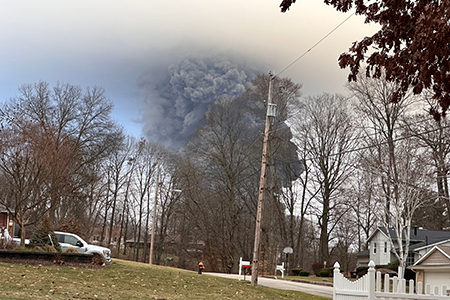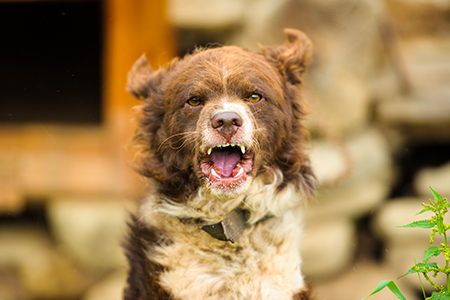 Animal Welfare, Wildlife Conservation
Animal Welfare, Wildlife Conservation  No Comments
No Comments Estimated Animal Death Toll from Ohio Train Derailment Reaches 43,700
By now we have all heard of the train accident turned ecological disaster in East Palestine, Ohio. The cars were carrying dangerous toxins like vinyl chloride, butyl acrylate, ethylene glycol, ethylhexyl acrylate, and benzene. Since the leakages were set on fire to burn up quickly, there is still worry that those byproducts, like dioxene, will travel with the weather across the eastern US. Within the first 24 hours of the derailment, people started to find dead fish floating in nearby streams. Then, residents began to report deaths and illnesses of their chickens, dogs and other livestock. The death toll has risen even more since the incident – on the 23rd of February, the new estimate is 43,700 dead animals, both aquatic and terrestrial.

According to the EPA information on vinyl chloride, the greatest risk is for the gas to seep into soil and get into the groundwater where it cannot dissipate. It will evaporate from water quickly, but it will not break down. Since it is a gas, it dissipated soon after the incident into the surrounding air, and the remainder was incinerated. The air contamination concerns were for the first night, when low temperatures and light winds would have kept any remaining gas close to the ground.
Unfortunately, it is still too early to tell the long-lasting effects of the spill and fire. The most casualties found have been minnows, since the streams close to East Palestine are small enough that large fish do not live in them. Other affected wildlife are amphibians, which are used as indicator species of environmental quality due to the fact that they absorb water through their skin. Overall, environmental experts say that this will take a very long time to heal.
Resources
★ Worried residents near Ohio train derailment report dead fish and chickens as authorities say it’s safe to return
★ A Truck Carrying Nitric Acid Crashed in Tucson. Residents Now Have to Shelter in Plac


